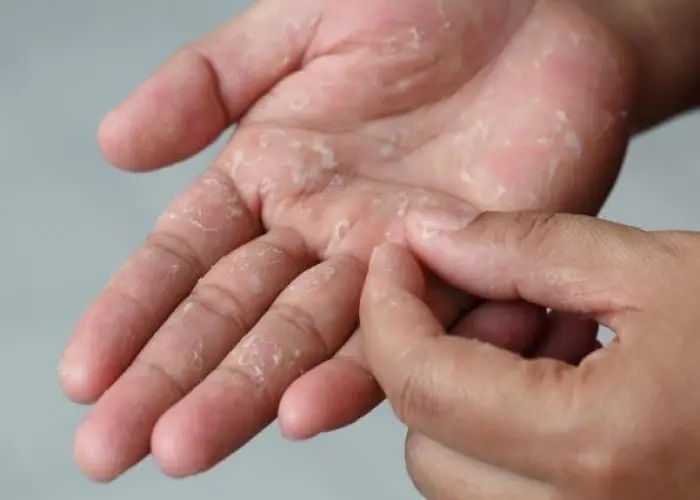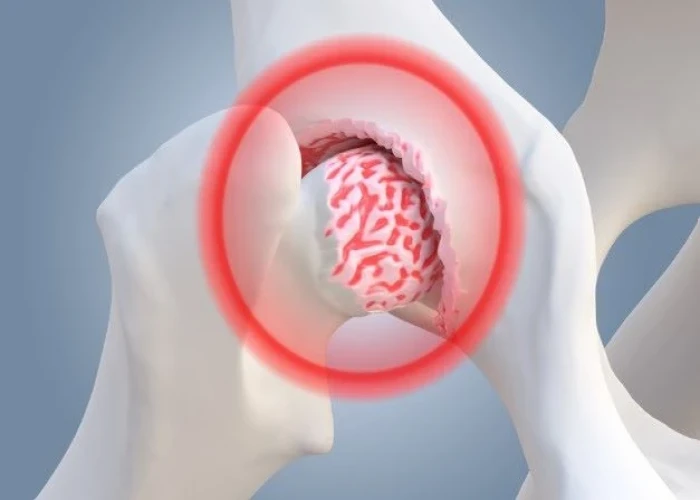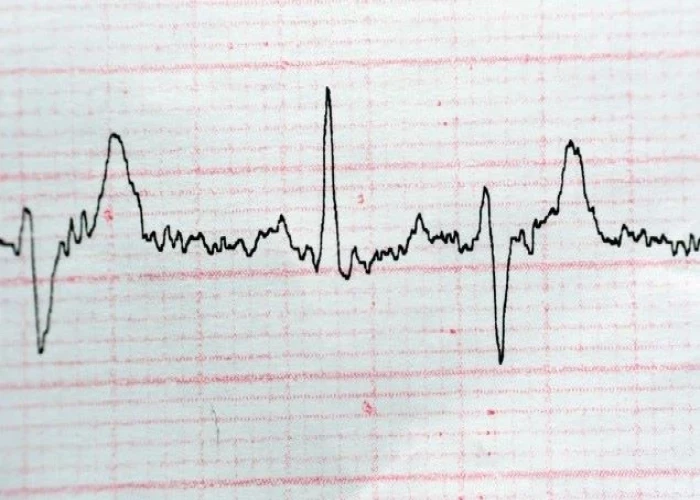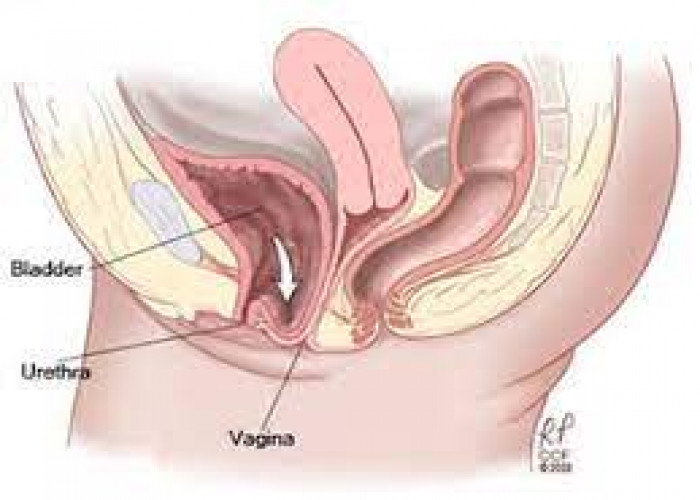 Welcome
Welcome
“May all be happy, may all be healed, may all be at peace and may no one ever suffer."
Anterior prolapse (cystocele)

Anterior prolapse, also known as cystocele, is a condition where the bladder bulges into the front wall of the vagina. This occurs when the supportive tissues between the bladder and vagina weaken or stretch, causing the bladder to drop from its normal position.
Common causes of cystocele include pregnancy and childbirth, menopause, chronic coughing, and repetitive heavy lifting. Symptoms of cystocele may include a feeling of pressure or fullness in the pelvic region, discomfort during physical activity, frequent urination, and incontinence.
Treatment for cystocele depends on the severity of the prolapse and may include lifestyle changes, pelvic floor muscle exercises, pessary insertion, or surgery. Lifestyle changes such as maintaining a healthy weight, avoiding heavy lifting, and managing chronic coughing can help relieve symptoms. Pelvic floor muscle exercises can help strengthen the muscles that support the bladder and prevent it from dropping. A pessary is a device that can be inserted into the vagina to support the bladder. In severe cases, surgery may be necessary to repair the supportive tissues and reposition the bladder.
It is important to seek medical attention if you experience symptoms of cystocele, as prompt treatment can help prevent the condition from becoming more severe and improve your quality of life.
Research Papers
Disease Signs and Symptoms
- A feeling of fullness or pressure in your pelvis and vagina
- In some cases, a bulge of tissue in vagina that you can see or feel
- Increased pelvic pressure when strain, cough, bear down or lift
- Low amount of urine
- Pelvic pain
Disease Causes
Anterior prolapse (cystocele)
Your pelvic floor consists of muscles, ligaments and connective tissues that support your bladder and other pelvic organs. The connections between your pelvic organs and ligaments can weaken over time, or as a result of trauma from childbirth or chronic straining. When this happens, your bladder can slip down lower than normal and bulge into your vagina (anterior prolapse).
Causes of stress to the pelvic floor include:
- Pregnancy and vaginal childbirth
- Being overweight or obese
- Repeated heavy lifting
- Straining with bowel movements
- A chronic cough or bronchitis
Disease Prevents
Disease Treatments
Treatment depends on whether you have symptoms, how severe your anterior prolapse is and whether you have any related conditions, such as urinary incontinence or more than one type of pelvic organ prolapse.
Mild cases — those with few or no obvious symptoms — typically don't require treatment. Your doctor may recommend a wait-and-see approach, with occasional visits to monitor your prolapse.
If you do have symptoms of anterior prolapse, first line treatment options include:
- Pelvic floor muscle exercises. These exercises — often called Kegel exercises or Kegels — help strengthen your pelvic floor muscles, so they can better support your bladder and other pelvic organs. Your doctor or a physical therapist can give you instructions for how to do these exercises and can help you determine whether you're doing them correctly.
- Kegel exercises may be most successful at relieving symptoms when the exercises are taught by a physical therapist and reinforced with biofeedback. Biofeedback involves using monitoring devices that help ensure you're tightening the proper muscles with optimal intensity and length of time. These exercises can help improve your symptoms, but may not decrease the size of the prolapse.
- A supportive device (pessary). A vaginal pessary is a plastic or rubber ring inserted into your vagina to support the bladder. A pessary does not fix or cure the actual prolapse, but the extra support the device provides can help relieve symptoms. Your doctor or other care provider fits you for the device and shows you how to clean and reinsert it on your own. Many women use pessaries as a temporary alternative to surgery, and some use them when surgery is too risky.
When surgery is necessary
If you still have noticeable, uncomfortable symptoms despite the treatment options above, your doctor may recommend surgical treatment.
- How it's done. Often, the surgery is performed vaginally and involves lifting the prolapsed bladder back into place using stitches and removing any excess vaginal tissue. Your doctor may use a special type of tissue graft to reinforce vaginal tissues and increase support if your vaginal tissues seem very thin.
- If you have a prolapsed uterus. For anterior prolapse associated with a prolapsed uterus, your doctor may recommend removing the uterus (hysterectomy) in addition to repairing the damaged pelvic floor muscles, ligaments and other tissues.
- If you have incontinence. If your anterior prolapse is accompanied by stress incontinence — leaking urine during strenuous activity — your doctor may also recommend one of a number of procedures to support the urethra (urethral suspension) and ease your incontinence symptoms.
If you're pregnant or thinking about becoming pregnant, your doctor may recommend that you delay surgery until after you're done having children. Pelvic floor exercises or a pessary may help relieve your symptoms in the meantime. The benefits of surgery can last for many years, but there's some risk of recurrence — which may mean another surgery at some point.
Disease Diagnoses
Disease Allopathic Generics
Disease Ayurvedic Generics
Disease Homeopathic Generics
Disease yoga
Anterior prolapse (cystocele) and Learn More about Diseases

Gestational diabetes

Traveler's diarrhea

Blood in urine (Hematuria)

Pruritus Vulva

Dupuytren's contracture

Dyshidrosis

Osteoarthritis

Premature ventricular contractions (PVCs)
Anterior prolapse cystocele, Anterior prolapse repair, Anterior repair cystocele, পূর্ববর্তী প্রলাপস সিস্টোসিল
To be happy, beautiful, healthy, wealthy, hale and long-lived stay with DM3S.
